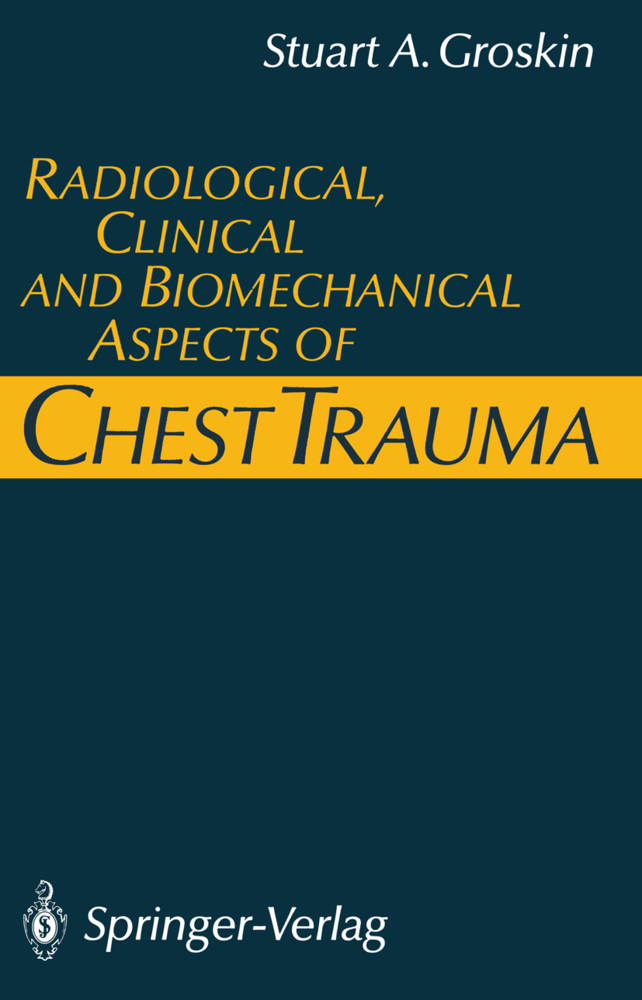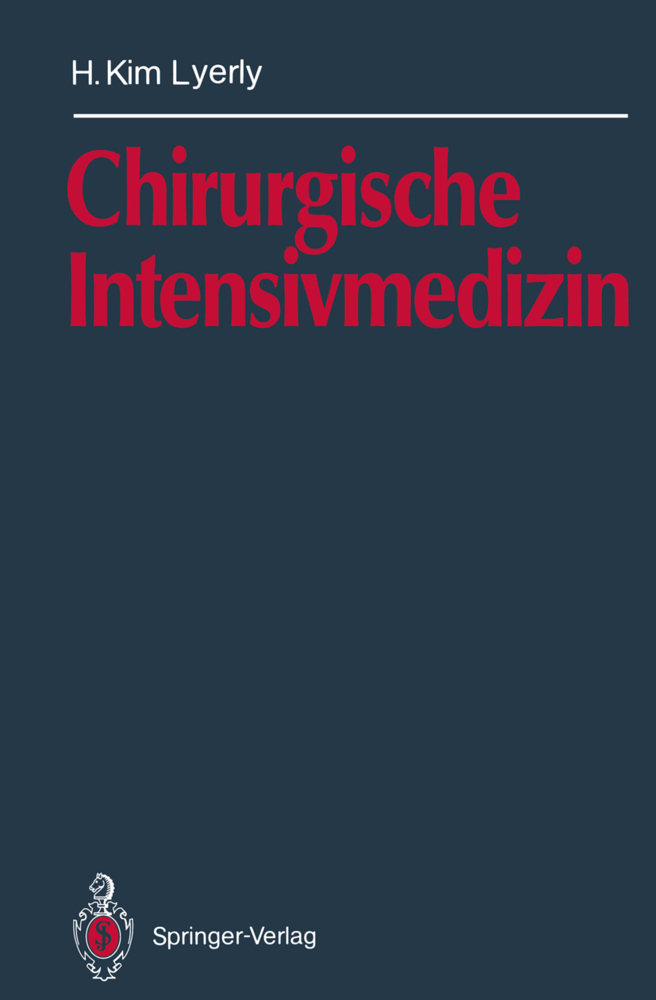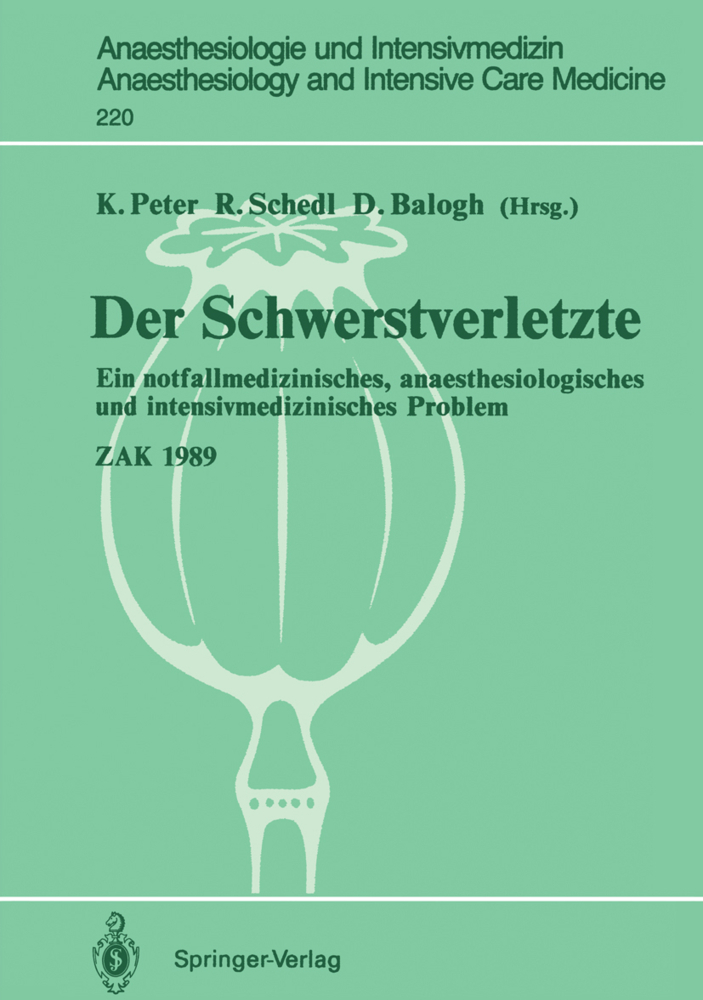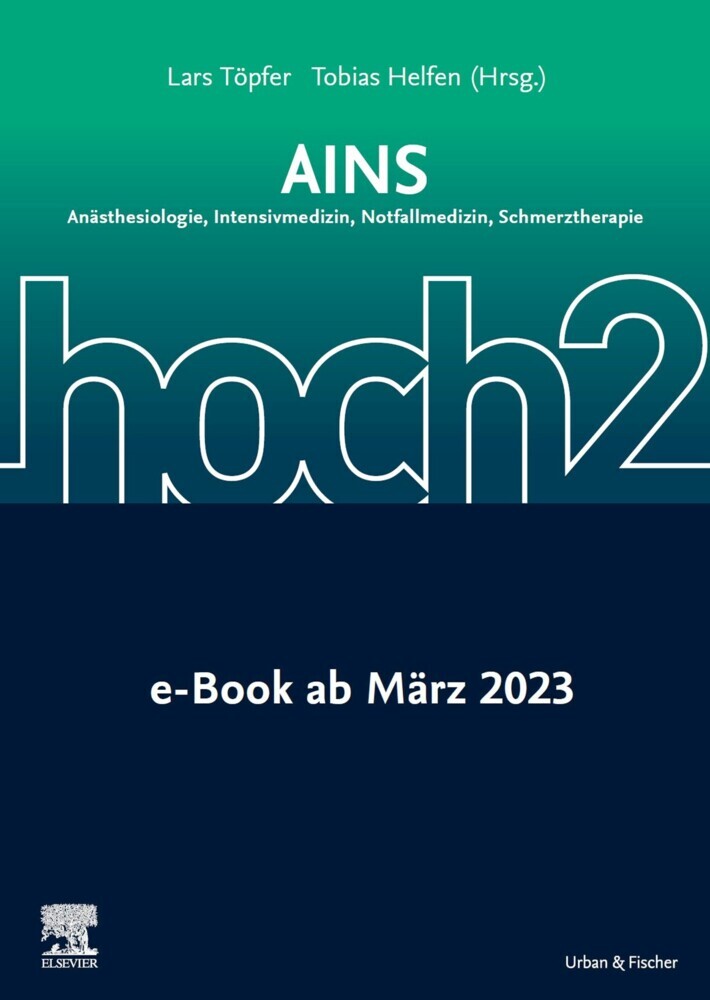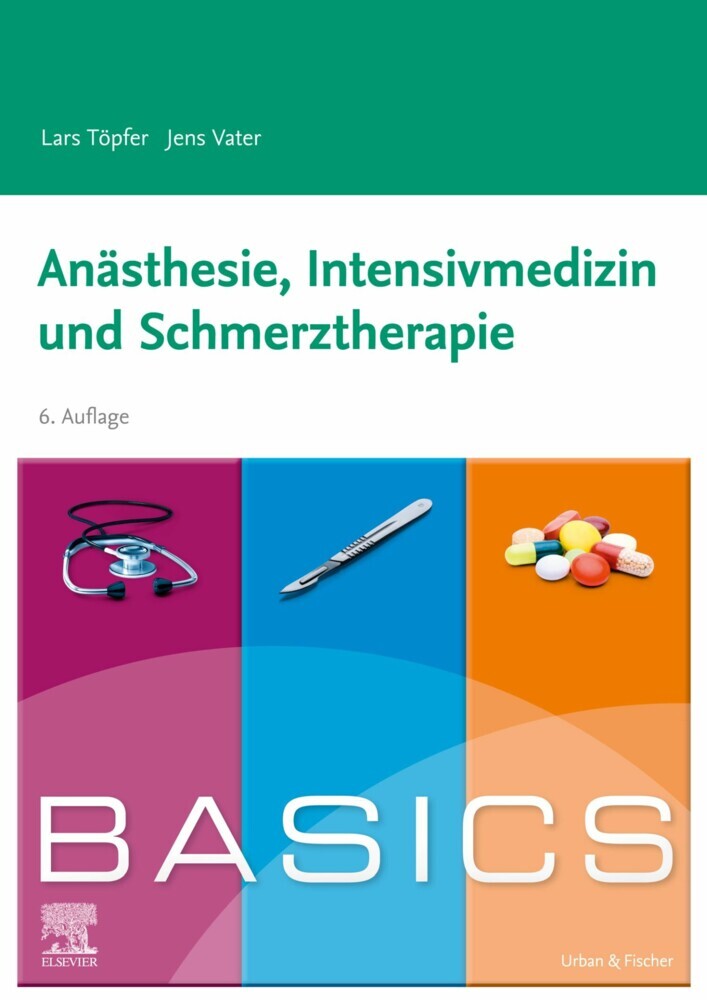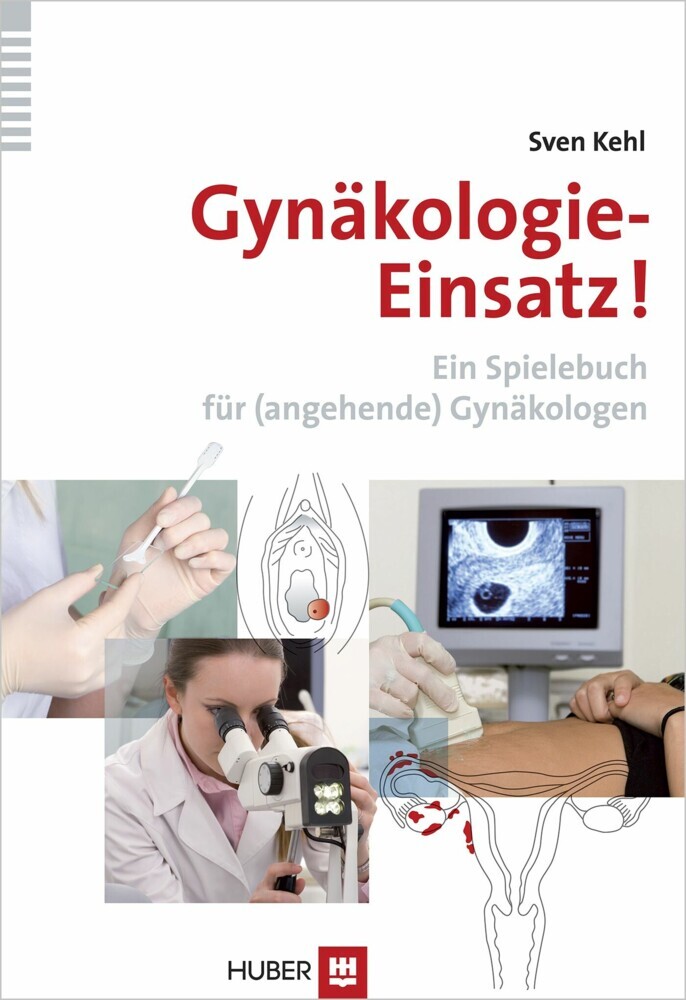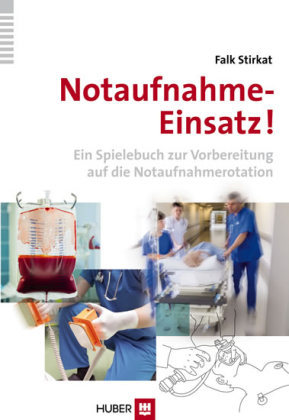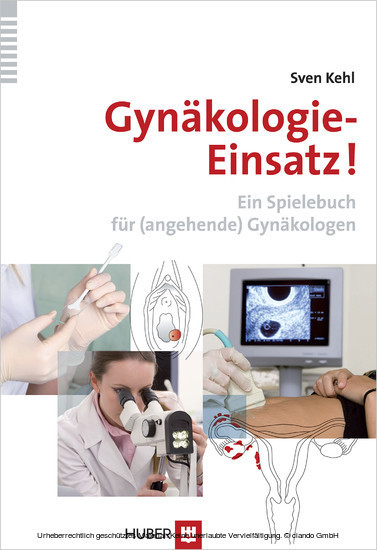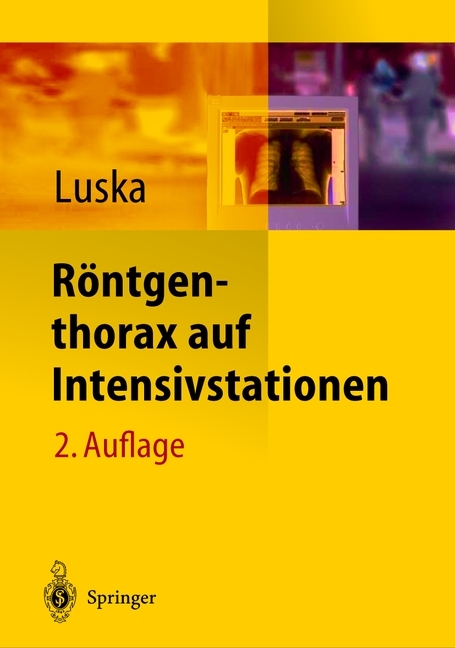Radiological, Clinical and Biomechanical Aspects of Chest Trauma
Radiological, Clinical and Biomechanical Aspects of Chest Trauma
Quick evaluation of chest trauma patients is needed in emergency rooms, trauma care centers and radiology departments - and here is a book designed especially for this need. The specialist can anticipate specific injuries and apply the best treatment if he knows how various organs and tissues respond to different traumatic stresses and what clues to look for in the clinical examination. That is why this book incorporates the detailed discussion of radiological evaluation with a description of the biomechanics, pathophysiology and clinical manifestations of thoracic trauma. The most expedient means, both radiologic and non-radiologic, to diagnose each trauma are thoroughly discussed.
The wide variety of chest injuries discussed by the author include: - blunt and penetrating chest injuries, - thoriac complications seen in patients with cutaneous burns (thermal injuries, smoke inhalation), pulmonary abnormalities associated with the inhalation of noxious gases, - the aspiration of liquids and particulate matter and drowning and near-drowning, - explosion-related chest injuries, - diving-related injuries like barotrauma and decompression sickness and fat-embolism syndrome.
Dieses Buch behandelt Biomechanik, Pathophysiologie, klinische Erscheinungsformen und radiologische Diagnosebeispiele für eine Vielzahl von Thorax-Verletzungen. Es ist als Praxis-Ratgeber für Fachärzte konzipiert, die täglich Patienten mit Thoraxtraumen behandeln.
3 Injuries from Blunt and Penetrating Chest Trauma
3.1 Chest wall
3.2 Thoracic Spine
3.3 Diaphragm
3.4 Pleural Space
3.5 Pneumomediastinum
3.6 Airways
3.7 Lung Parenchyma
3.8 Esophagus
3.9 Aorta and. Great Vessels
3.10 Heart
4 Blast Injuries
5 Fire-Related Pulmonary Damage
6 Inhalational Injuries
6.1 Toxic Gas Inhalation
6.2 Drowning and Near-Drowning
6.3 Aspiration
7 Barotrauma and Decompression Sickness
8 Fat Embolism Syndrome
9 Conclusions
References.
The wide variety of chest injuries discussed by the author include: - blunt and penetrating chest injuries, - thoriac complications seen in patients with cutaneous burns (thermal injuries, smoke inhalation), pulmonary abnormalities associated with the inhalation of noxious gases, - the aspiration of liquids and particulate matter and drowning and near-drowning, - explosion-related chest injuries, - diving-related injuries like barotrauma and decompression sickness and fat-embolism syndrome.
Dieses Buch behandelt Biomechanik, Pathophysiologie, klinische Erscheinungsformen und radiologische Diagnosebeispiele für eine Vielzahl von Thorax-Verletzungen. Es ist als Praxis-Ratgeber für Fachärzte konzipiert, die täglich Patienten mit Thoraxtraumen behandeln.
1 Blunt Chest Trauma
2 Penetrating Chest Trauma3 Injuries from Blunt and Penetrating Chest Trauma
3.1 Chest wall
3.2 Thoracic Spine
3.3 Diaphragm
3.4 Pleural Space
3.5 Pneumomediastinum
3.6 Airways
3.7 Lung Parenchyma
3.8 Esophagus
3.9 Aorta and. Great Vessels
3.10 Heart
4 Blast Injuries
5 Fire-Related Pulmonary Damage
6 Inhalational Injuries
6.1 Toxic Gas Inhalation
6.2 Drowning and Near-Drowning
6.3 Aspiration
7 Barotrauma and Decompression Sickness
8 Fat Embolism Syndrome
9 Conclusions
References.
Groskin, Stuart A.
| ISBN | 978-3-540-53712-0 |
|---|---|
| Artikelnummer | 9783540537120 |
| Medientyp | Buch |
| Copyrightjahr | 1991 |
| Verlag | Springer, Berlin |
| Umfang | XII, 172 Seiten |
| Abbildungen | XII, 172 p. 87 illus. |
| Sprache | Englisch |

